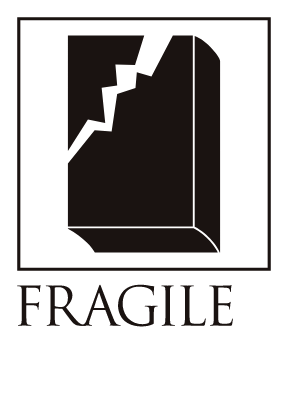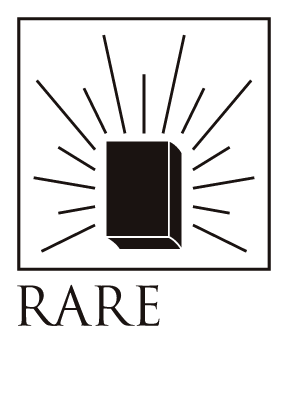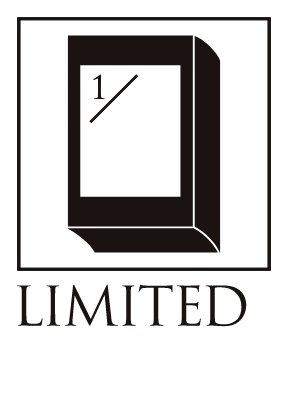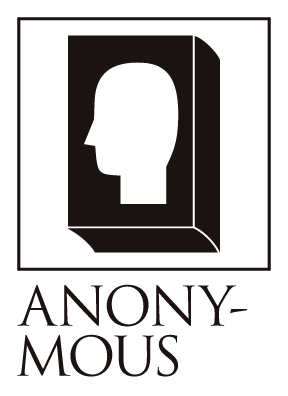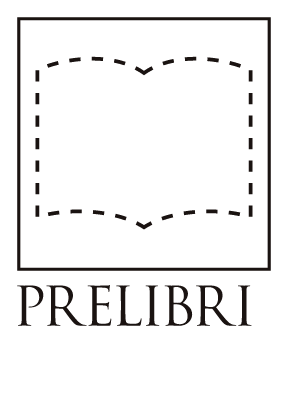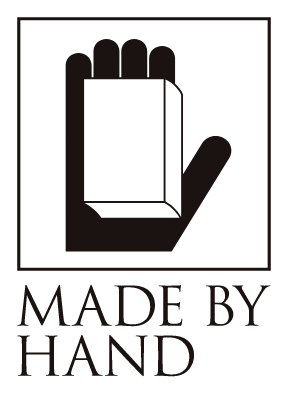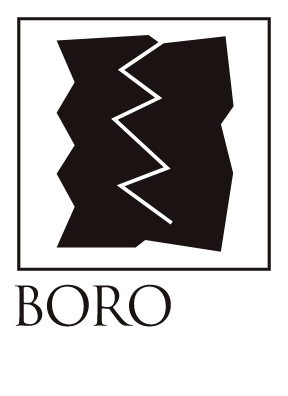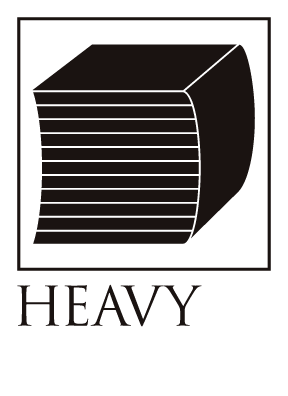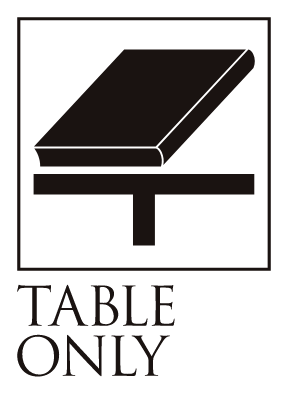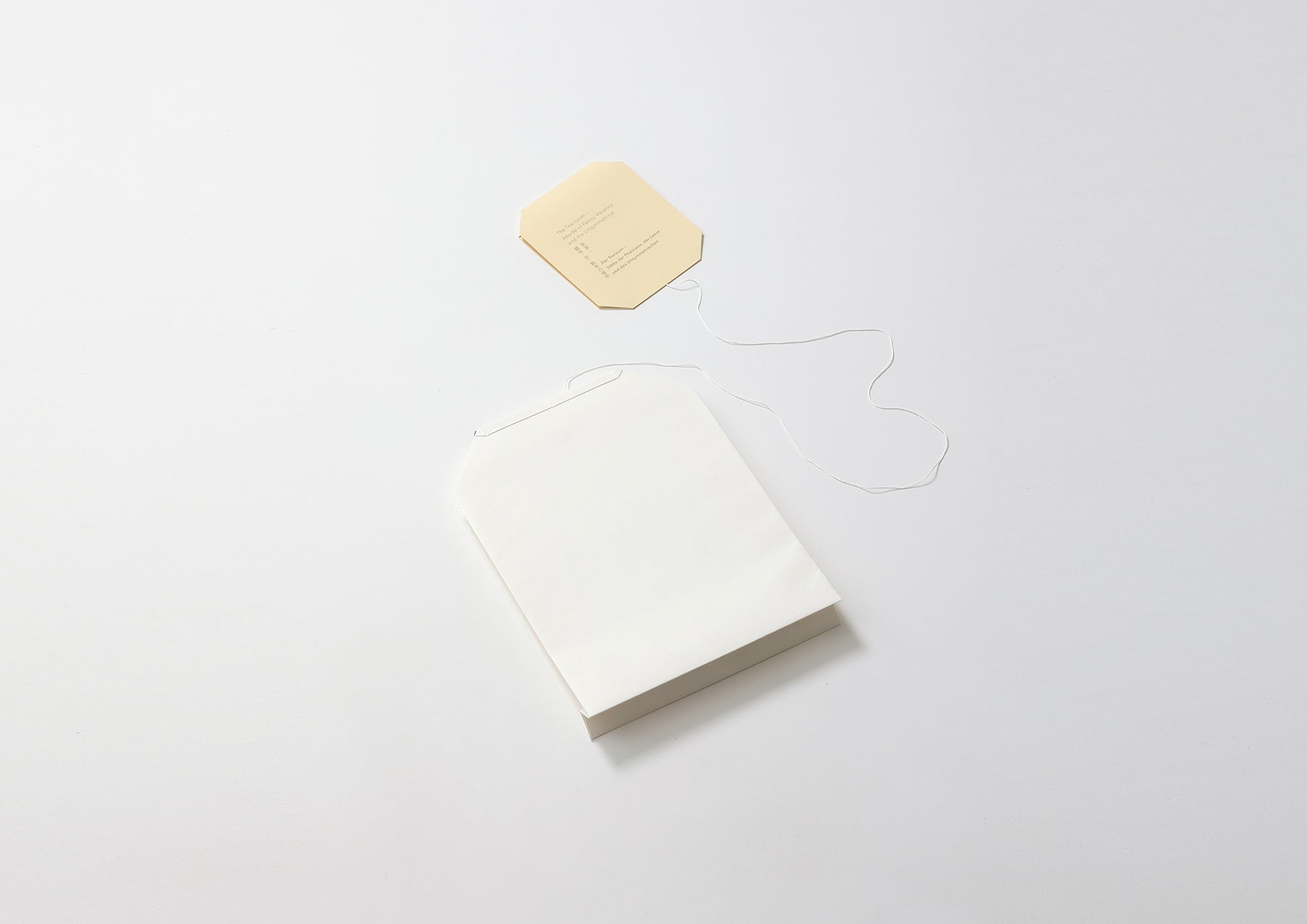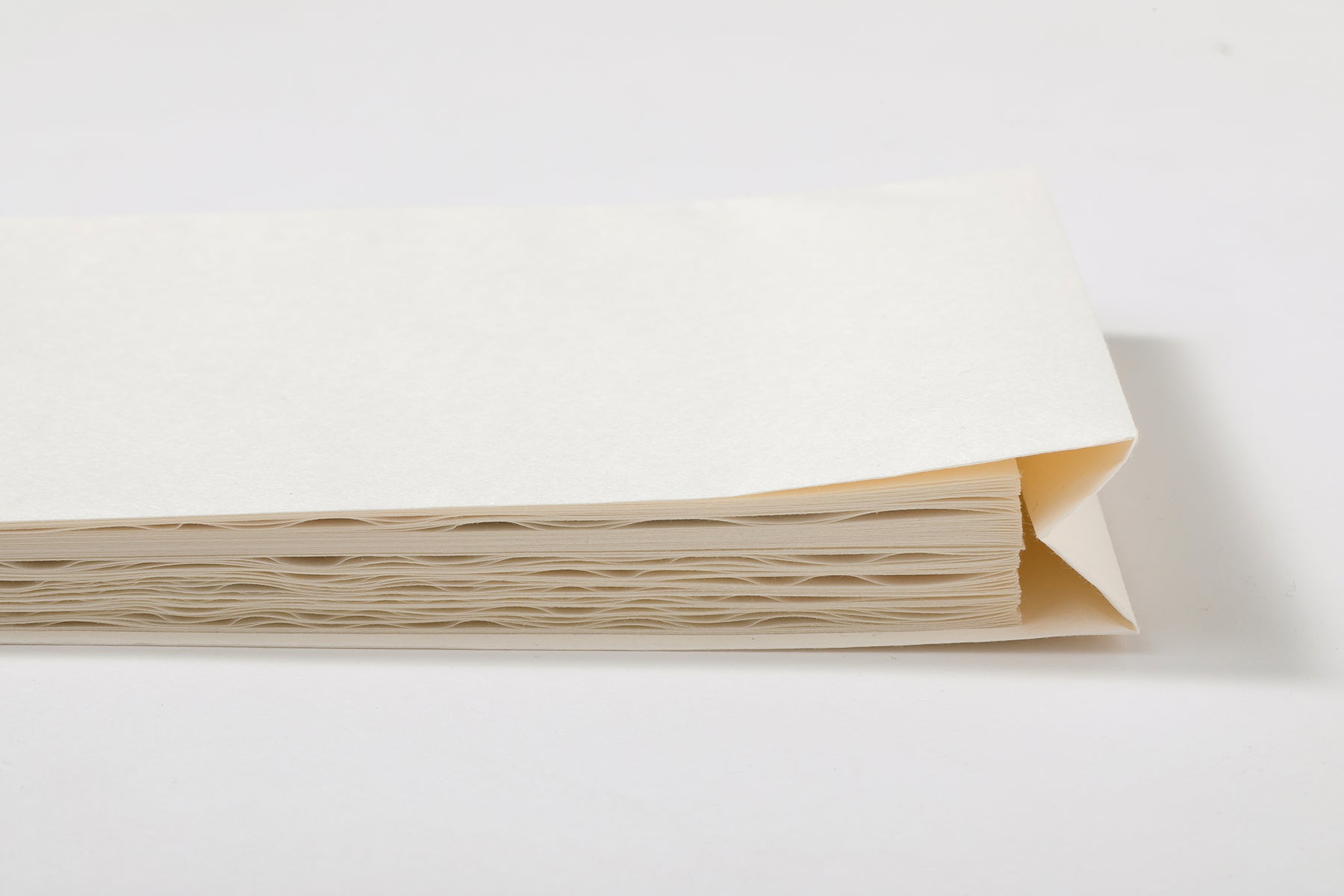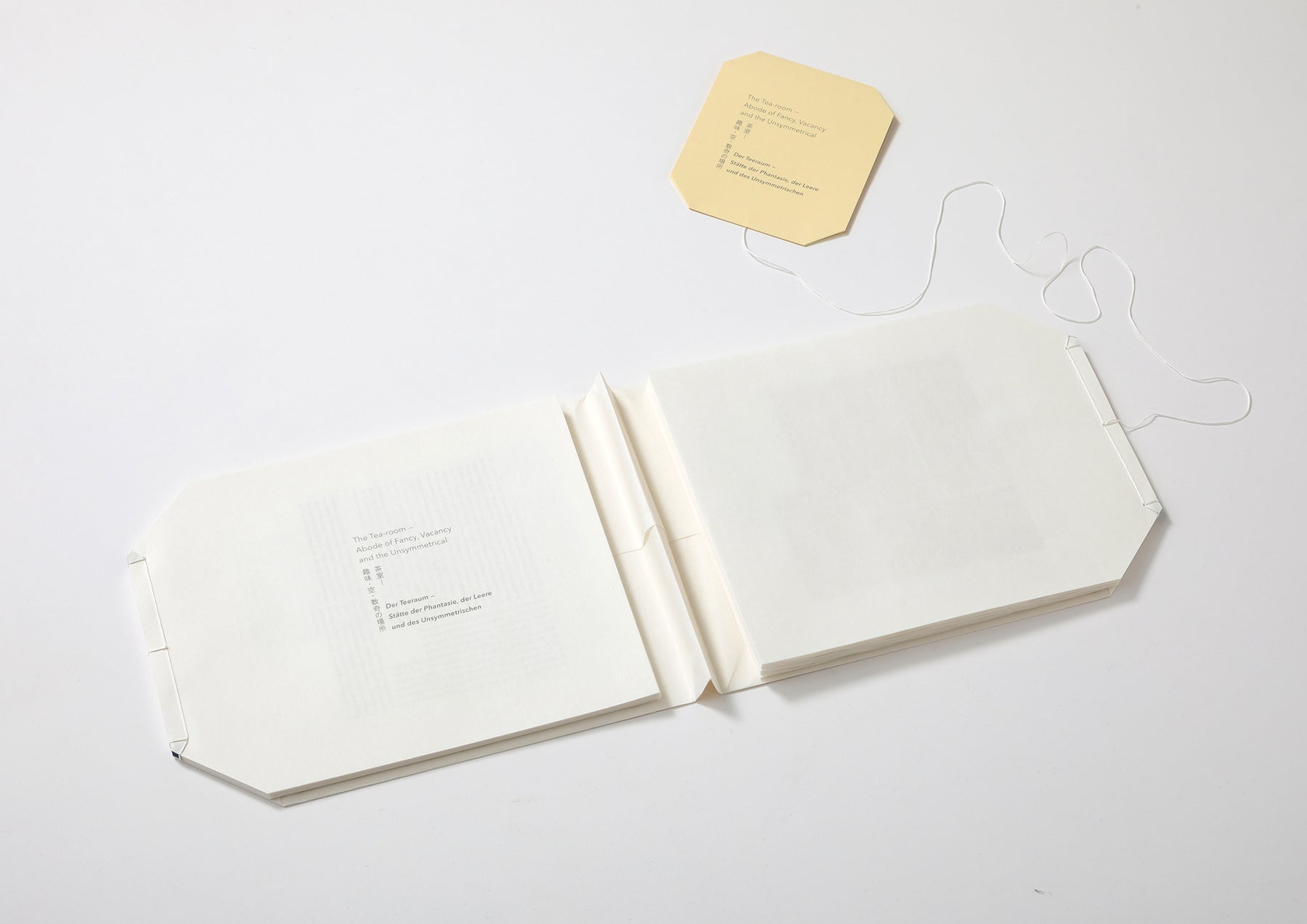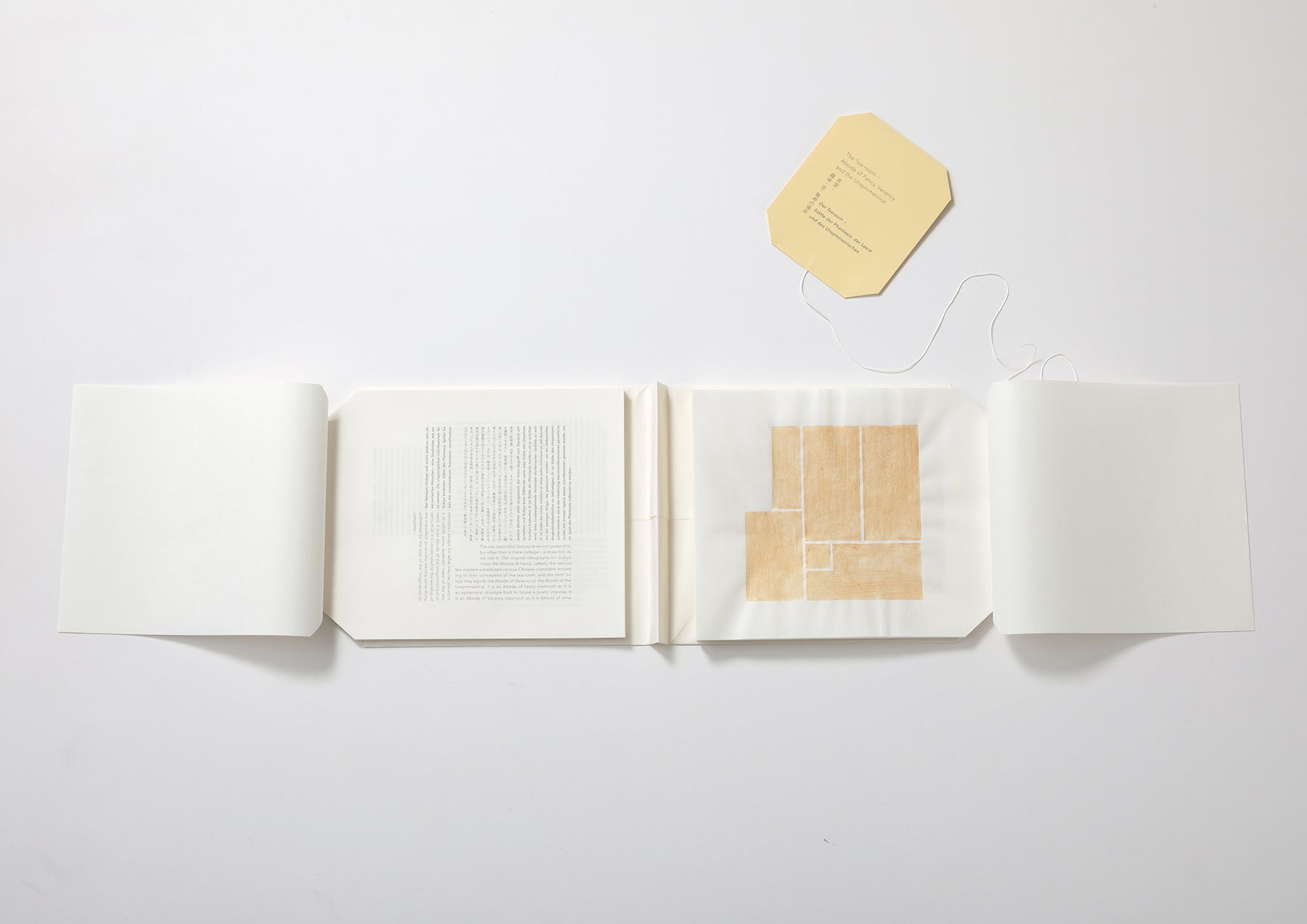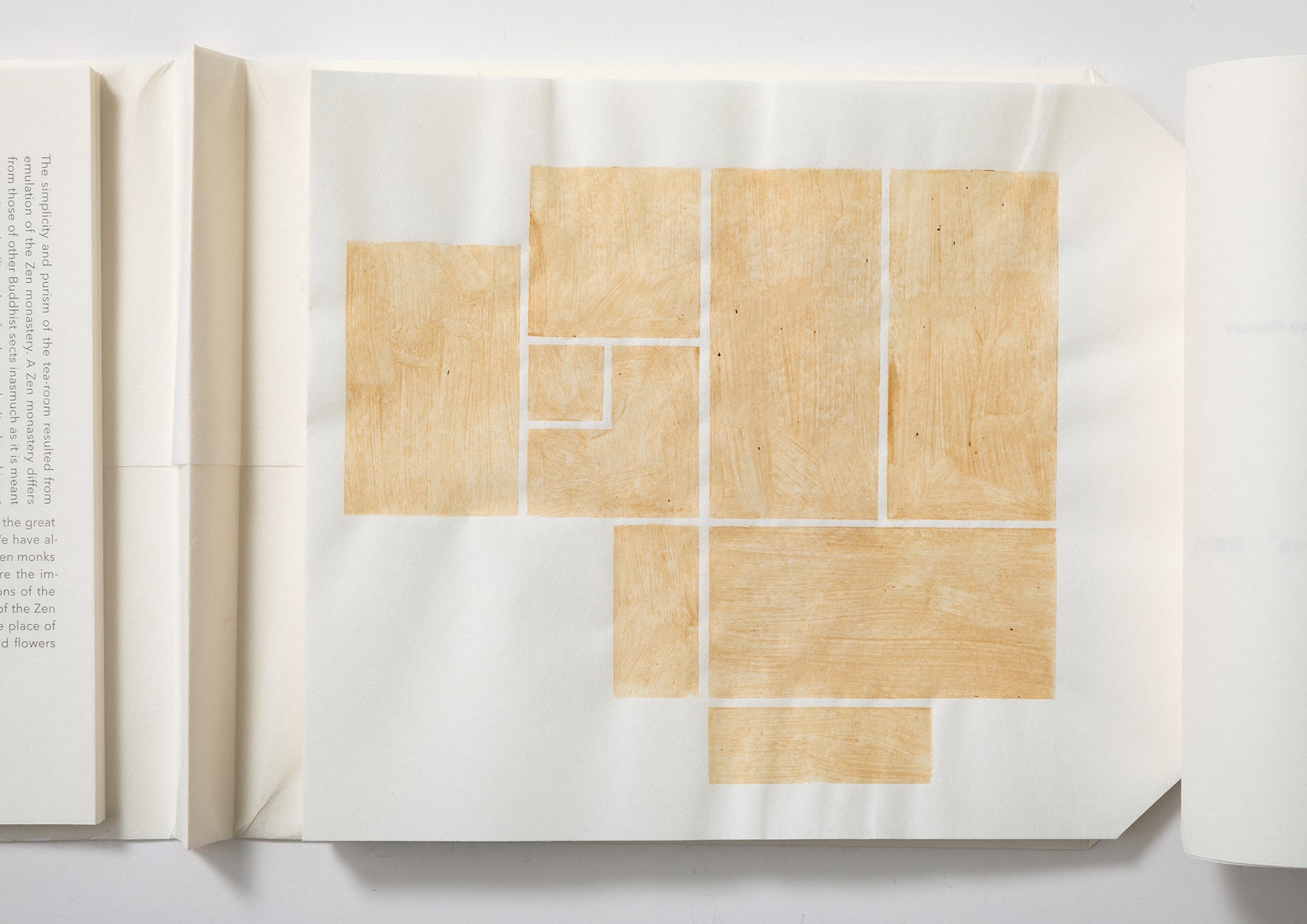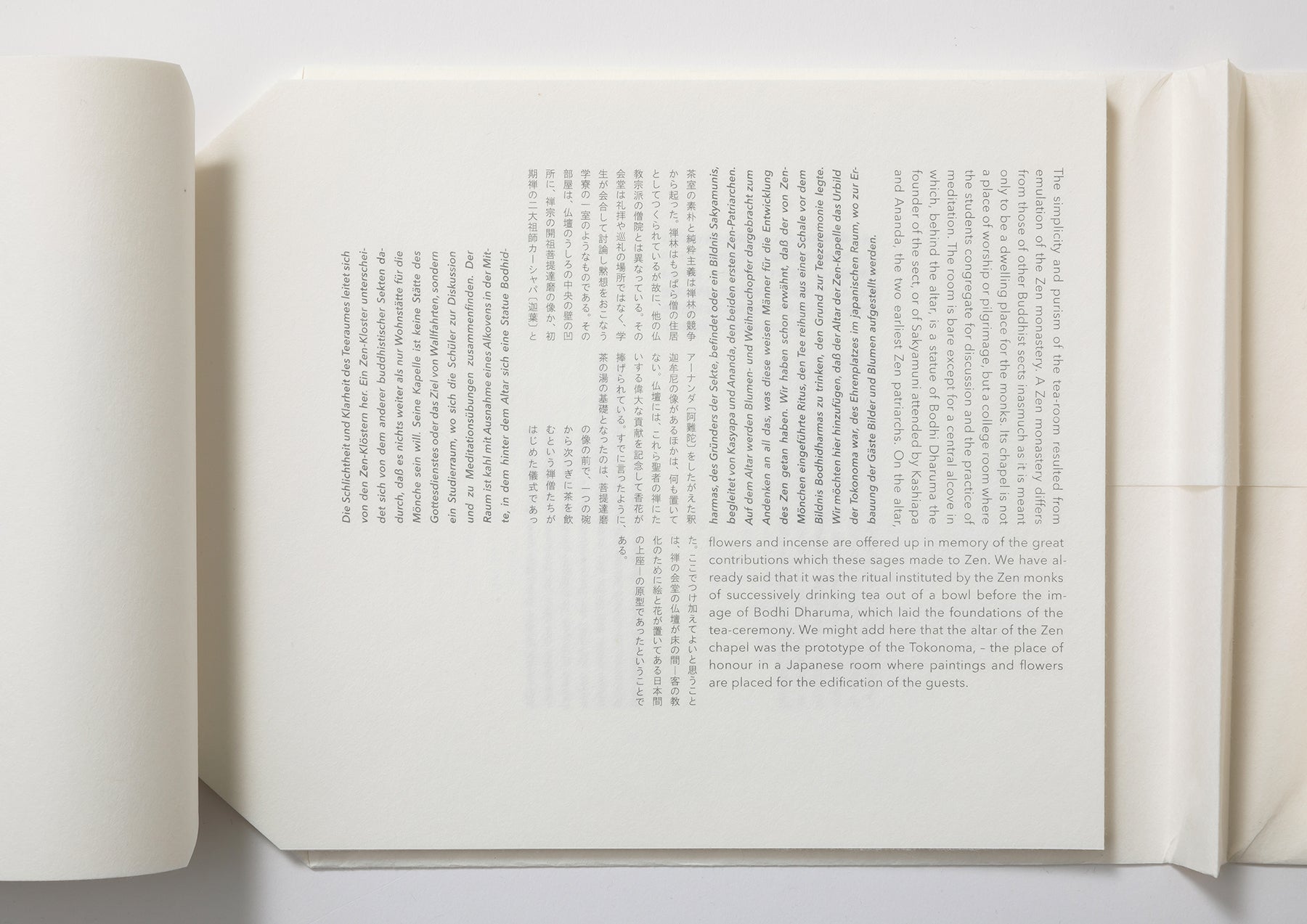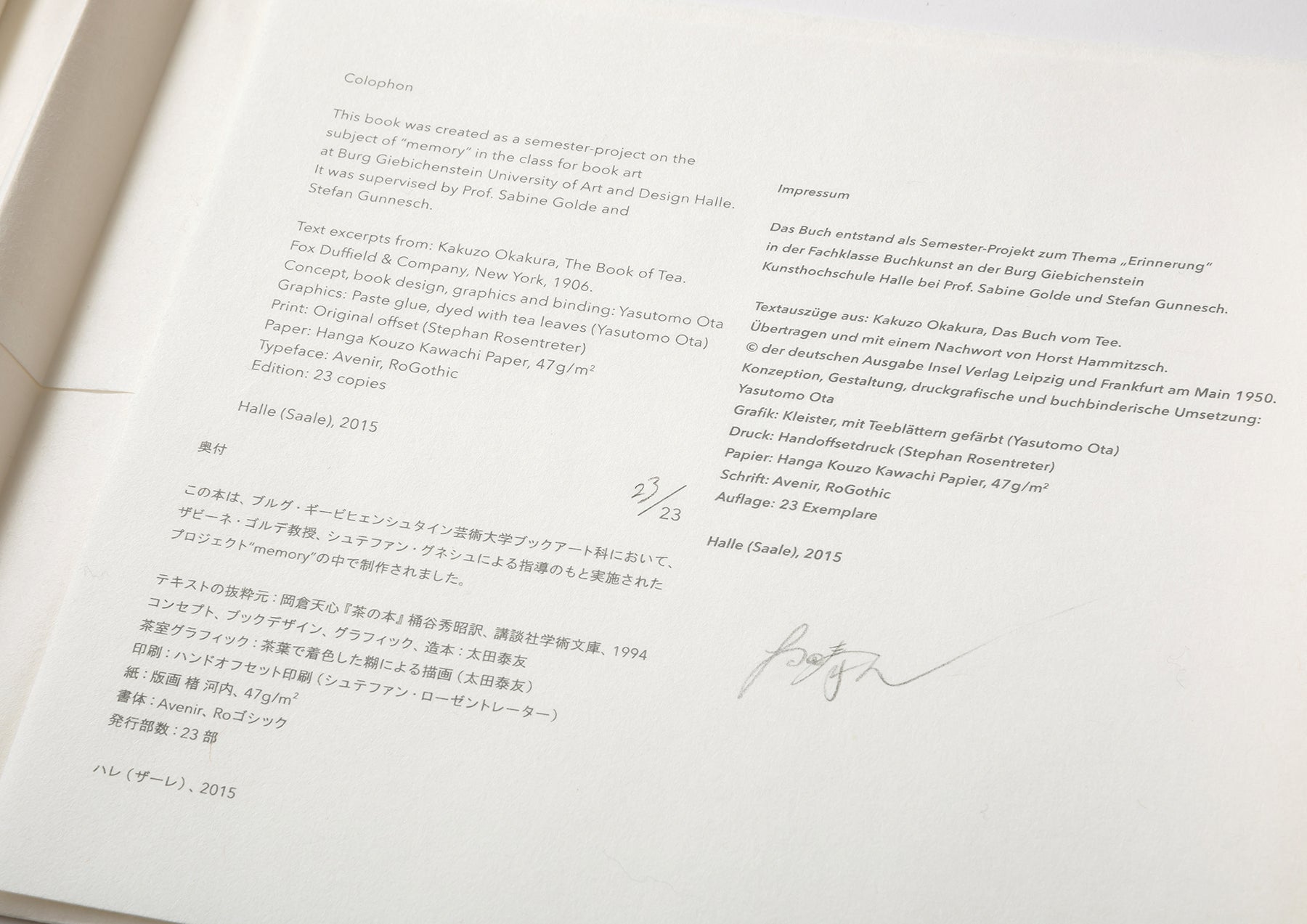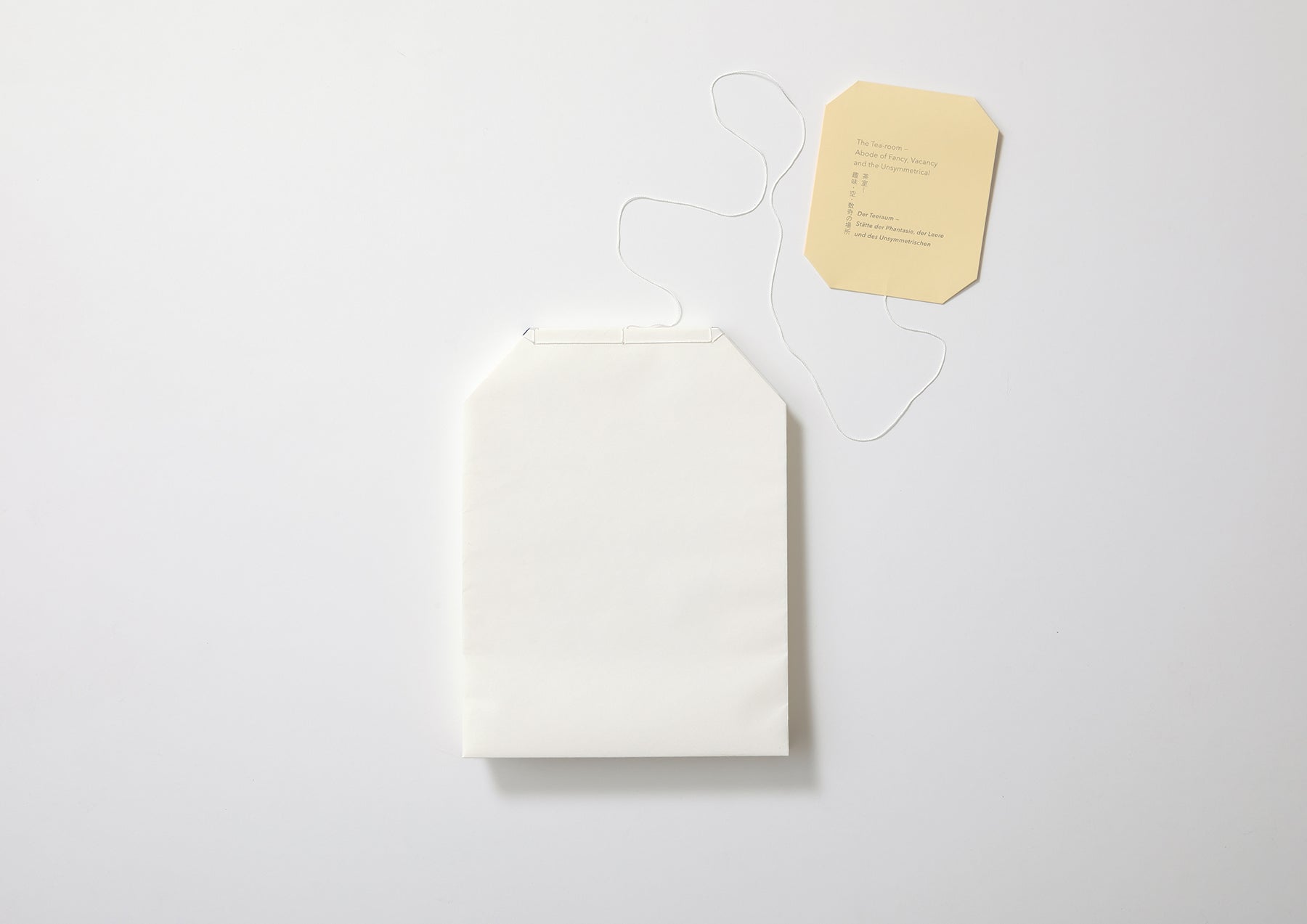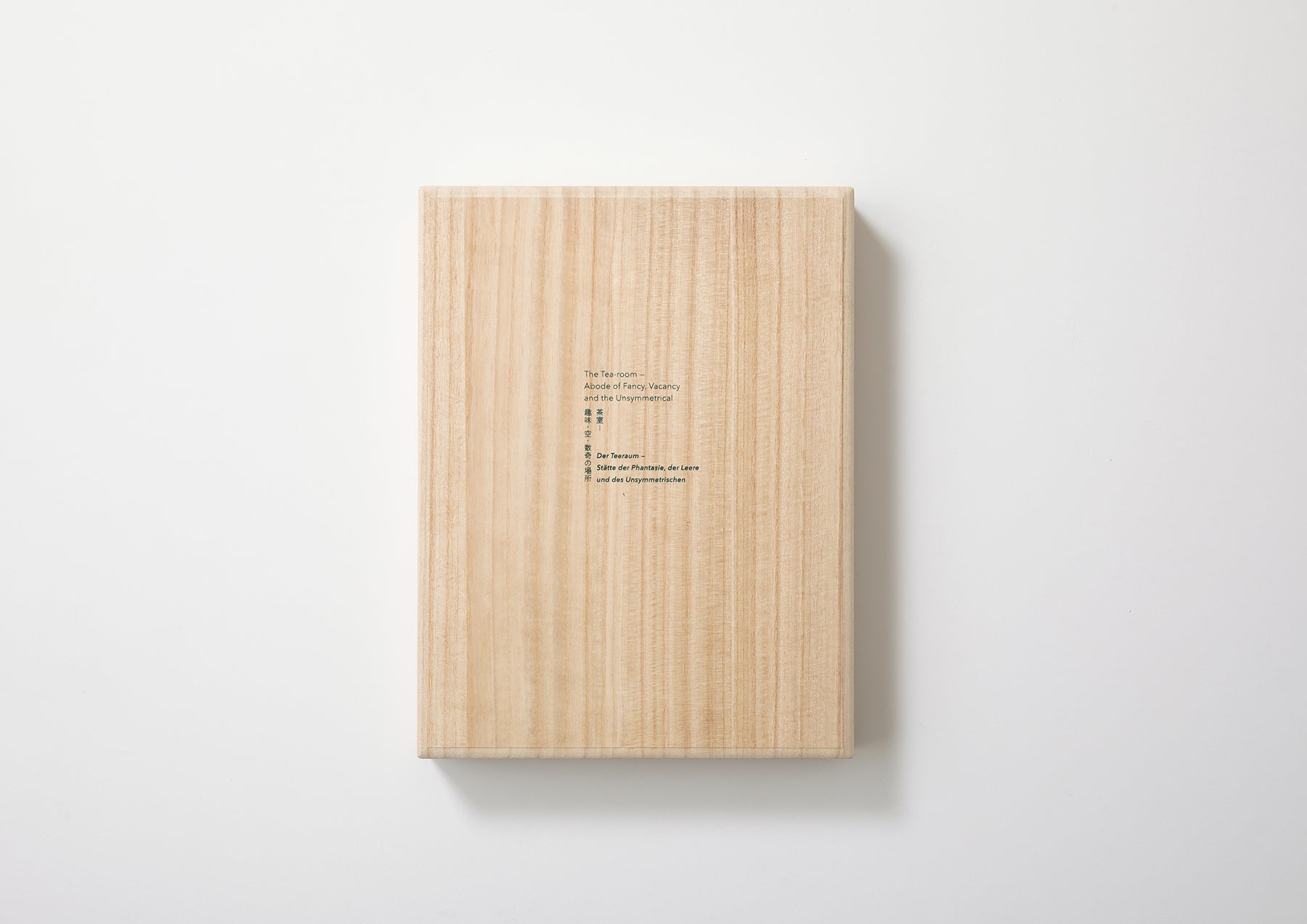Tea room
Bibliographic Details
- Title
- 茶室ー趣味・空・数寄の場所
- Artist
- Yasutomo Ota / 太田泰友
- Year
- 2015
- Size
- h300 × w220 × d40 mm
- Weight
- 0.7kg
- Language
- Japanese / 日本語, English / 英語, German/ドイツ語
- Printing
- ハンドオフセット印刷(文章)、シルクスクリーン印刷(箱)、茶葉による描画、
- Materials
- 楮紙、絹糸、カード紙
- Edition
- 23
- Condition
- new
桐箱入
Okakura Tenshin's "Chanoyu"
Collapsed
tea bag.
This work, which has a tea room theme, is in the shape of a large tea bag. When you open the tea bag, two bundles of washi paper appear on either side. The overall soft impression is unique to washi paper. The fact that the string of the tea bag unfolds from Japanese binding thread also gives a sense of Japanese sensibility. The artist does not produce many so-called Japanese-style works, but the identity that exudes from these details is unmistakably based on Japan.
The text is an excerpt from the fourth chapter, "Tea Room," of Okakura Tenshin's "The Book of Tea" (Iwanami Bunko). The right-hand page shows a floor plan of the tatami room, drawn in the color of tea leaves instead of ink, and the left-hand page shows a typographical expression in three languages, Japanese, English, and German, that matches the diagram. The left and right bundles are paired, so you can read both pages at the same time.
The author, who continues to create while moving back and forth between architecture and books, chose the "tea room." The structure of the tea room can be said to be the polar opposite of the splendor of Western architecture and the profoundness of temple architecture. The architecture of the tea room is called "sukiya architecture," and Okakura Tenshin gave the following interpretation of the meaning of "sukiya." The first is "empty house," written as "sukiya." Even in a small space such as a four-and-a-half-tatami room, if you line up or pack various things in it, there will be no room. However, if you leave it empty, anything can fit in there. If it is empty, anything can fit in there. Or, the space inside becomes free. The second is "sukiya." It is a room that you like. For a tea ceremony, the space changes depending on the flower arrangement, according to your own and your guests' preferences each day. It incorporates preferences that change with each occasion. The third is "sukiya." We will unravel the meaning of "sukiya" in the sense of "even numbers" versus "odd numbers." Specifically, Okakura Tenshin gives the example of the "staggered shelves," saying that in oriental teahouse architecture, the irregular, unbalanced, unstable scenery of the staggered shelves creates fluidity, or movement. In symmetry, movement is fixed. In contrast, the staggered shelves can evoke movement in the mind.
The artist, who acquired the techniques and mindset in Germany, where the history of books as works of art is passed down through the ages, combined the Japanese architectural style and philosophy of the tea ceremony, which are his cultural background, and fermented it. This work is a masterpiece that gives a sense of the great possibilities for the future of book art.
